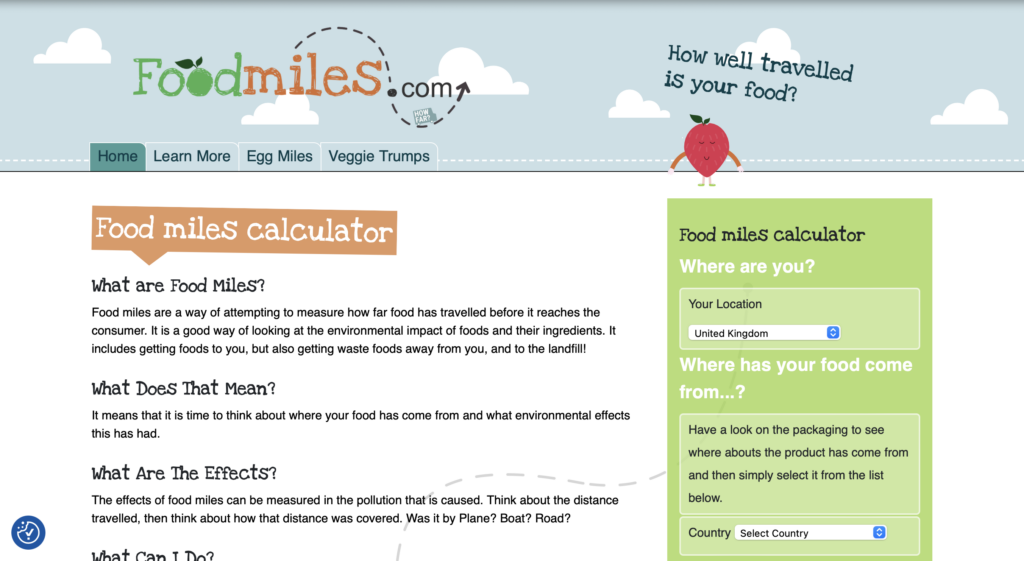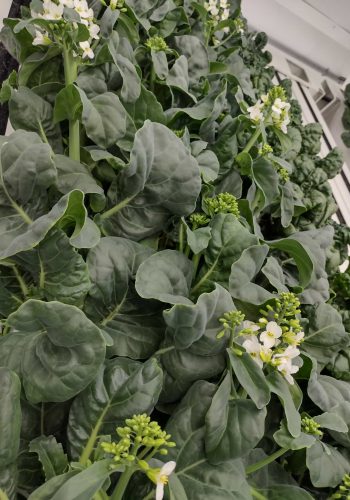So, What Are Food Miles?
Why Food Miles Matter
Freshness and Quality: We all love the taste of fresh, high-quality food, right? Well, here’s the catch: when food travels long distances, it often needs to be picked prematurely and subjected to refrigeration or preservation techniques to keep it from spoiling. Unfortunately, this compromises our beloved produce’s nutritional value, flavor, and overall quality. By shortening food miles, we can savor fresher, tastier delights on our plates.
Environmental Impact: Long-distance transportation of food contributes to greenhouse gas emissions, which are a major contributor to climate change. By reducing food miles, we can mitigate carbon emissions and lower our ecological footprint.

Energy Consumption: Transportation requires fuel, whether gasoline for trucks or jet fuel for air travel. The longer the distance, the more energy consumed, increasing reliance on fossil fuels and their associated environmental consequences.
Support for Local Economy: Emphasizing local food production helps to strengthen local economies. When we buy locally produced food, we support local farmers and businesses, creating jobs and building a more resilient local economy and community.

Indoor Hydroponic Farming: Shortening Food Miles Year-Round.
How a vertical farm contributes to shortening food miles
- Local Production: We can grow food in urban areas or near our homes with indoor hydroponic farming. That means the distance from the farm to our tables becomes much shorter. The result? Fresh produce that reaches us quickly, at its peak flavor, and bursting with nutritional goodness.
- Year-Round Availability: Forget about being limited by the seasons! By cultivating crops indoors, independent of seasonal changes, hydroponic farms can provide a consistent supply of fresh produce regardless of weather conditions. This reduces the need for importing food from distant locations during off-seasons. It’s not just leafy greens, either. ZipGrow hydroponic Towers can grow other small stature edible crops, including peppers, tomatoes, mini cucumbers, broccoli, eggplants, berries, and more. Advancements in technologies and LED lighting allow more crops to be grown indoors for human food and even animal feed.

- Local Food Security: Indoor hydroponic farming enhances food security by reducing reliance on external food sources. By producing food locally, communities can become more self-sufficient and resilient, particularly in times of crisis or disruptions in global food supply chains.
How far did your salad travel?
In North America, leafy greens, like lettuce, often come from Mexico and California due to climate and trade agreements. In Europe, the most significant producers are Spain and Italy. Morocco is a major importer to Europe and the United Kingdom, particularly during the winter months when European countries face colder climates and reduced domestic production.
Try out this fun tool to see how far your food has traveled.

- Farm to Processor/Packer: Post harvest, the salad greens are typically transported from the farm to a processing or packing facility. This distance can vary depending on the farm’s location and the proximity of processing centers. It could be within a few miles or up to a hundred miles.
- Processor/Packer to Distribution Centers: Once processed and packaged, the salads are transported to regional or central distribution centers. These centers serve as hubs for consolidating and redistributing produce to retailers, restaurants, and other outlets. The distance traveled during this stage can range from a few hundred to several hundred miles.
- Distribution Centers to Retailers/Restaurants: From the distribution centers, the salads are further transported to individual retailers, supermarkets, or restaurants. The distance can vary depending on the location of the distribution center and the destination point. It can range from a few miles for local deliveries to hundreds or even thousands of miles for long-distance shipments.
- Retailers/Restaurants to Consumers: Once the salad greens reach the retailers or restaurants, they are then purchased by consumers for their final destination—our plates! This distance is typically the shortest, as it involves the consumer’s travel from the store or restaurant to their home.
A well-traveled salad doesn’t exactly make for a well salad, now does it? We’ve all been there, frowning at the sight of shriveled lettuce or berries that have mysteriously transformed into a science experiment.😲
With their delicate nature and high water content, they can quickly go from crisp, fresh, and vibrant to sad, wilted, and furry, so the sooner they are on your plate, the better they will look, taste and pack a punch with nutrients.

It's time to bring the flavor back home, one mile at a time.

When it comes to sourcing food with fewer food miles, there are plenty of strategies to consider. First up, explore the local delights in your area. Check out those awesome farmers’ markets, community-supported agriculture (CSA) programs, and farm-to-table initiatives.
Advancements in indoor hydroponic farming and greenhouse cultivation allow for year-round local production, reducing the distance traveled by salads and other leafy greens. These methods enable farms to be located closer to urban centers and remote regions, shortening the farm-to-fork journey. Do you know of a vertical farm near you? Or maybe you want to start your own?
On a smaller scale, you can grow your food at home and have your own farm-to-fork experience. Whether it’s a cute herb garden on your windowsill, a garden plot, or a home hydroponic system so you can grow all year round within a small footprint, it’s super rewarding to see your efforts bloom and end up on your plate.
By eliminating the need for transportation altogether, you’re not just shortening food miles; you’re practically erasing them. And the best part? You get to enjoy super-fresh, nutrient-packed greens that you can harvest whenever you’re in the mood for a delicious salad or a green smoothie.
Fresh is best- enjoy!







